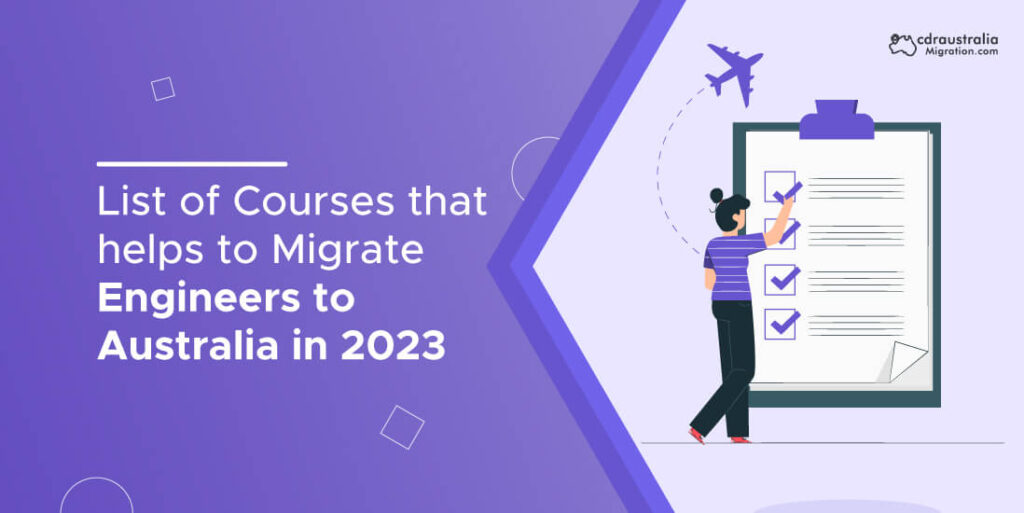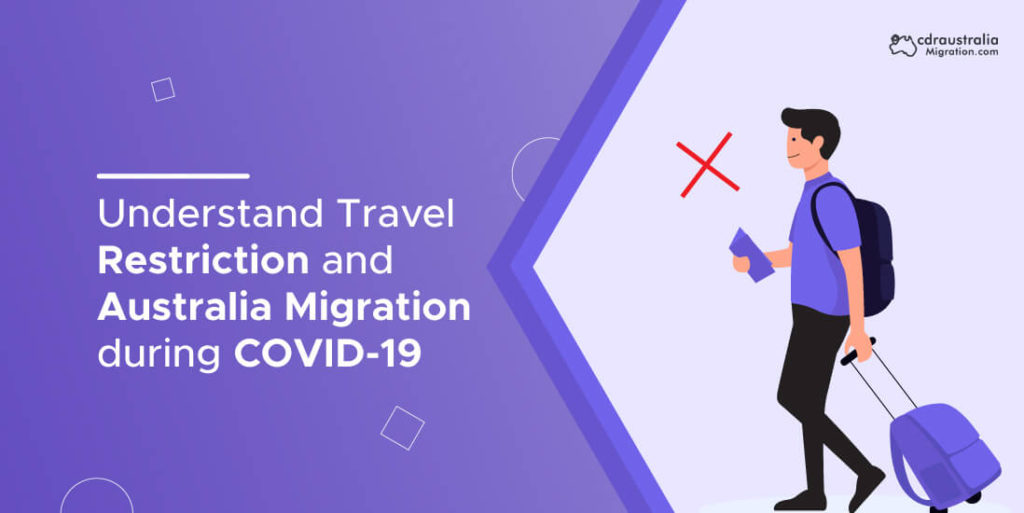Migration Skill Assessment Booklet for Engineers Australia 2024
The MSA booklet in a Competency Demonstration Report (CDR) for Engineers Australia is a comprehensive guide detailing the application process, documentation requirements, and assessment criteria for engineers seeking to migrate to Australia. It includes instructions on preparing the CDR, writing Career Episodes, and adhering to professional standards, ensuring applicants align their submissions with Engineers Australia’s expectations. This guide provides essential information for engineers planning to migrate to Australia and undergo the Engineers Australia Migration Skill Assessment. It covers everything from understanding the assessment process to preparing a Competency Demonstration Report (CDR) effectively. You’ll learn about Stage 1 Competency, key components of a successful CDR, and tips for a successful skill assessment. Whether you’re gathering required documentation or structuring your CDR, this guide offers valuable insights to help you navigate the assessment process with confidence. 1. Introduction to Migration Skill Assessment 1.1 Overview of Engineers Australia Migration Skill Assessment The Engineers Australia Migration Skill Assessment is a comprehensive evaluation process for engineers wishing to migrate to Australia. It involves assessing an engineer’s educational qualifications, professional experience, and overall competencies to ensure they align with Australian engineering standards. This assessment is a prerequisite for obtaining a skilled migration visa, which allows engineers to live and work in Australia. 1.2 Importance of Skill Assessment for Engineers The skill assessment is crucial for engineers as it verifies their qualifications and professional skills, ensuring they meet the stringent standards set by Engineers Australia. This process not only facilitates skilled migration but also enhances an engineer’s credibility and recognition in the Australian job market. By successfully passing the skill assessment, engineers demonstrate their readiness for professional practice in Australia, thereby increasing their prospects for employment and career advancement in the engineering field. 2. Understanding Stage 1 Competency 2.1 What is Stage 1 Competency? Definition and Overview Stage 1 Competency represents the baseline level of knowledge and skills required for an engineer to practice independently. It encompasses three main areas: technical proficiency, professional and personal attributes, and the ability to apply engineering principles to real-world problems. This stage ensures that engineers possess the foundational expertise and ethical understanding necessary to perform effectively and responsibly in their field. Key Objectives of Stage 1 Competency The key objectives of Stage 1 Competency are to ensure that engineers have a solid foundation in technical knowledge, demonstrate professional and ethical conduct, and possess the ability to apply engineering principles effectively to solve practical problems. This stage aims to confirm that engineers are equipped with the necessary skills and attributes to practice independently and contribute meaningfully to the engineering profession. 2.2 Importance of Stage 1 Competency Role in Professional Development Explores how Stage 1 Competency contributes to the ongoing growth and advancement of engineers as they progress in their careers. Significance for Engineers Australia Assessment Discusses the specific relevance of Stage 1 Competency within the framework of Engineers Australia’s assessment processes and requirements. 2.3 Components of Stage 1 Competency Technical Knowledge and Skills Describes the foundational technical competencies and proficiencies expected from engineers, including their ability to apply engineering principles effectively. Analytical and Problem-Solving Abilities Examines the importance of analytical thinking and problem-solving skills in addressing complex engineering challenges and scenarios. Effective Communication Skills Highlights the essential role of communication skills in facilitating collaboration, conveying technical information, and ensuring effective project management. Ethical Conduct and Professionalism Discusses the ethical responsibilities and professional conduct expected from engineers, emphasizing integrity, accountability, and adherence to professional standards. 2.4 Demonstrating Stage 1 Competency Preparing Career Episodes Engineers must carefully craft career episodes that effectively showcase their skills and experiences relevant to Stage 1 Competency. This involves selecting appropriate projects and experiences and organizing them in a structured and compelling narrative. Selecting Relevant Projects and Experiences Engineers should choose projects that demonstrate their technical expertise, problem-solving abilities, and contributions to the engineering field. Selecting projects aligned with competency standards ensures that assessors can accurately evaluate the engineer’s readiness for professional practice. Describing Responsibilities and Achievements In each career episode, engineers should provide detailed descriptions of their roles, responsibilities, and achievements. This includes highlighting specific tasks undertaken, challenges faced, and outcomes achieved, emphasizing the engineer’s direct involvement and contributions to the project’s success. 2.5 Technical Knowledge and Skills Core Engineering Principles Engineers must demonstrate a solid understanding of core engineering principles relevant to their discipline. This includes knowledge of fundamental concepts such as mechanics, thermodynamics, and materials science, as well as their practical application in engineering projects. Practical Application of Engineering Concepts Assessors look for evidence of engineers applying theoretical knowledge to practical situations. Engineers should describe how they have used engineering principles to analyze problems, develop solutions, and optimize designs in real-world projects. Familiarity with Engineering Tools and Technologies Engineers need to showcase proficiency in using relevant engineering tools, software, and technologies. This includes CAD software, simulation tools, and specialized equipment, demonstrating their ability to leverage technology to enhance their engineering work. 2.6 Analytical and Problem-Solving Abilities Identifying and Analyzing Engineering Problems Engineers should demonstrate their ability to identify and analyze complex engineering problems. This involves conducting thorough assessments, considering relevant factors and constraints, and formulating effective problem-solving strategies. Developing Innovative Solutions Engineers are expected to develop innovative and practical solutions to engineering challenges. This may involve thinking creatively, exploring alternative approaches, and adapting existing methodologies to suit specific project requirements. Decision-Making Based on Best Practices Engineers must make informed decisions based on engineering best practices and standards. This includes considering technical feasibility, cost-effectiveness, and risk management principles when evaluating potential solutions and making recommendations. 2.7 Effective Communication Skills Writing Clear and Concise Reports Emphasizes the importance of crafting reports that are easily understood and succinct, showcasing the ability to communicate technical information effectively. Presenting Technical Information Discusses the skill of delivering presentations that effectively convey complex engineering concepts to diverse audiences. Collaborating with Multidisciplinary Teams Highlights the ability to work collaboratively with professionals from various backgrounds, demonstrating effective communication and teamwork. 2.8 Ethical Conduct and Professionalism Adherence to Engineering Codes of Ethics Emphasizes the importance
Migration Skill Assessment Booklet for Engineers Australia 2024 Read More »










